Preservation of wolves in Mont-Tremblant National Park
“The wolf is a keystone species for Mont-Tremblant National Park. Its disappearance would create a significant cascade of side effects on the ecosystems. As the wolf needs a large territory to ensure it can meet its vital needs, the park is too small to maintain a healthy population of wolves. Protection of the wolf thus depends on a regional vision for its conservation.”
In the Laurentians, wolves feed on prey such as beaver, moose, deer and small game. The success rate for a wolf chasing a prey is fairly low. The majority of animals hunted get away untouched. Wolves have more success with weakened prey (old, sick or injured).
That creates a natural selection of prey that favours those that are healthier, more vigorous, more suspicious, more apt to flee, in other words, more apt to defy a predator. According to research on the ecological impact of the reintroduction of wolves in Yellowstone National Park, the control it exerts of various populations shows that when it is present, deer yards are smaller and denser.
This phenomenon reduces the impact of browsing on the vegetation. Less browsed, the vegetation becomes more abundant and diverse. Wildlife also becomes more abundant and diverse. More insects, more birds and more small mammals are observed. As a dominant species, the wolf also tends to dislodge competing species such as the coyote, which is less fearful of humans.
The most impressive phenomenon following the introduction of wolves into an ecosystem dominated by herbivores is that the forests reappear and the watercourses become healthier and more biologically diverse. Even the populations of prey such as the beaver increase! And we now know that denser vegetation captures more carbon and contributes to the battle against climate change.
Home ranges and mortality rate
Work focusing on the wolves’ home ranges in the Parc national du Mont-Tremblant shows that they use a band of territory close to 24 km outside the park. It’s in that zone that several wolves followed over recent years have died due to hunting, trapping and road accidents.
As the death rate outside the park is high, it is not unusual to have only three or four wolves in a pack, in the park, before the birth of pups. In this context, wolf mortality outside the park can be significant to the balance in a wolf pack. Every adult is important to ensure the survival of that year’s young!
Preserving the park’s wolves requires a regional vision
The health of the ecosystems in Mont-Tremblant National Park thus depends on the survival of wolves outside the park!
More from this author by clicking on his picture below.


Hugues Tennier4 Posts
Hugues Tennier est responsable du Service de la conservation et de l’éducation au parc national du Mont-Tremblant. Hugues Tennier is officer In charge of the Department of Conservation and Education at Mont-Tremblant National Park.
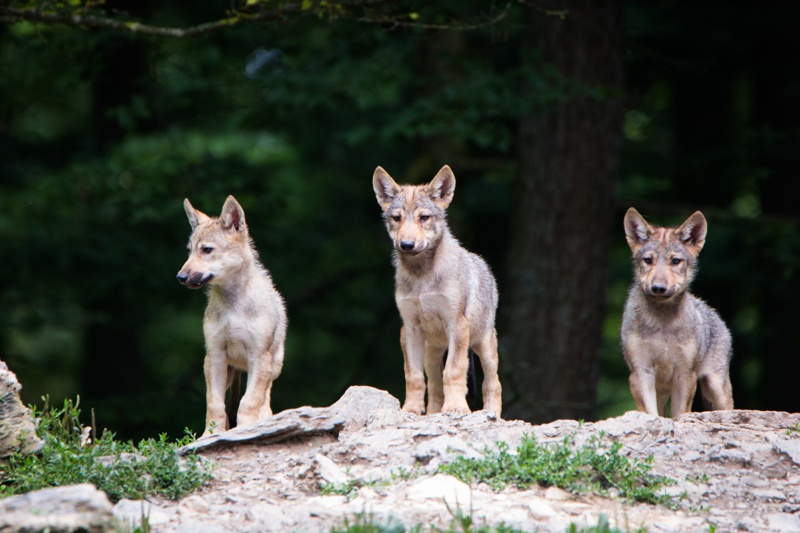
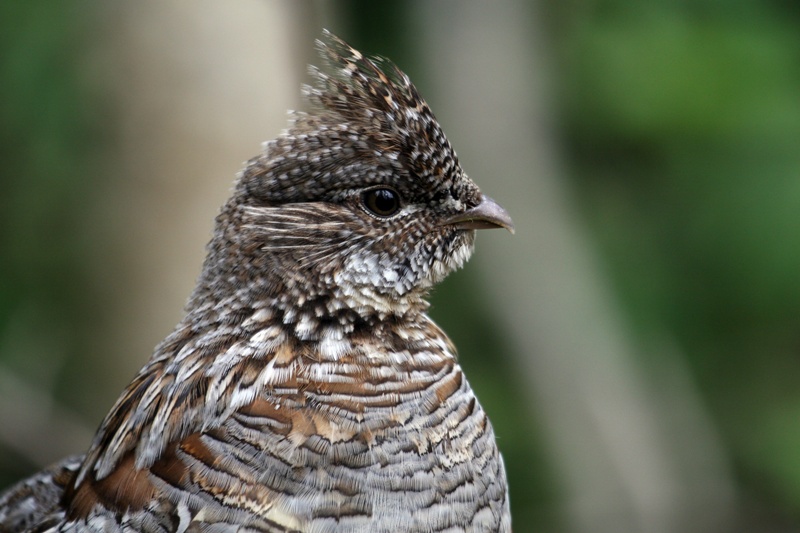

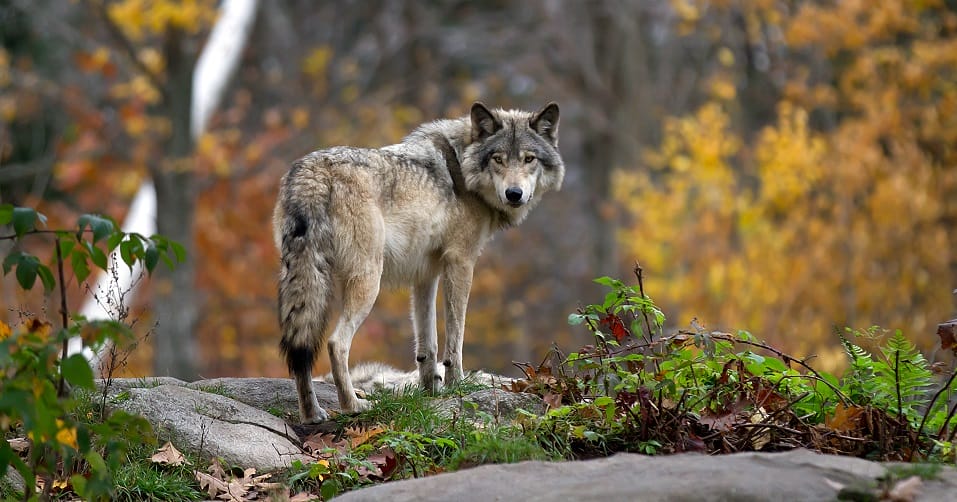
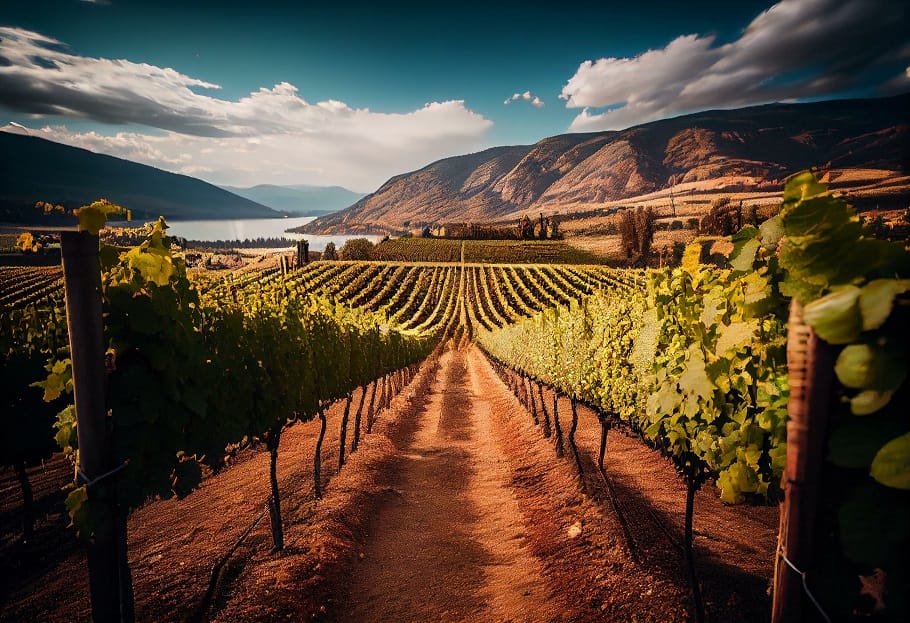
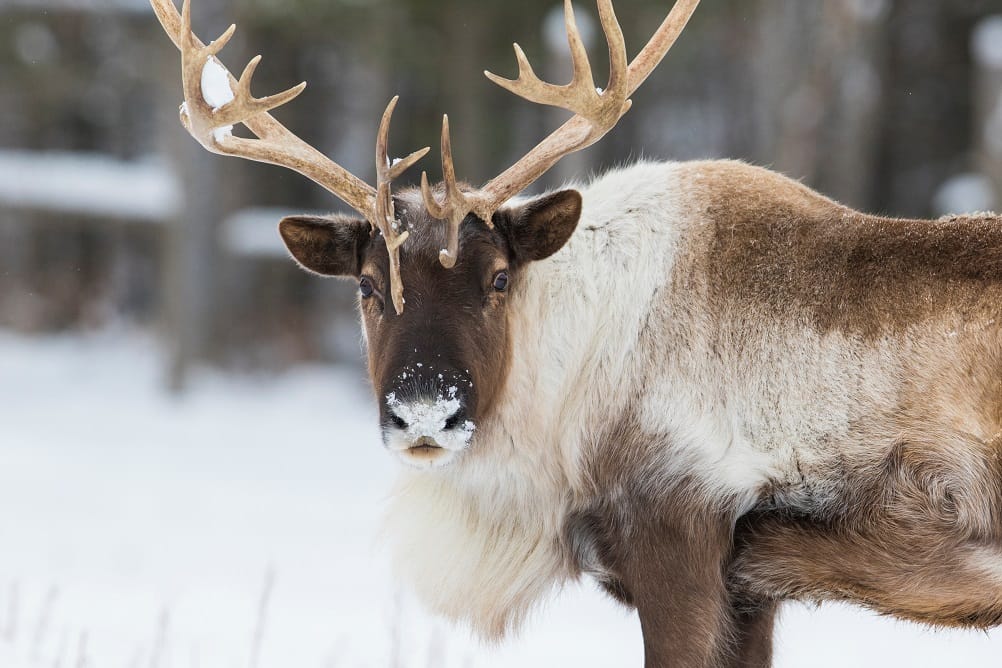
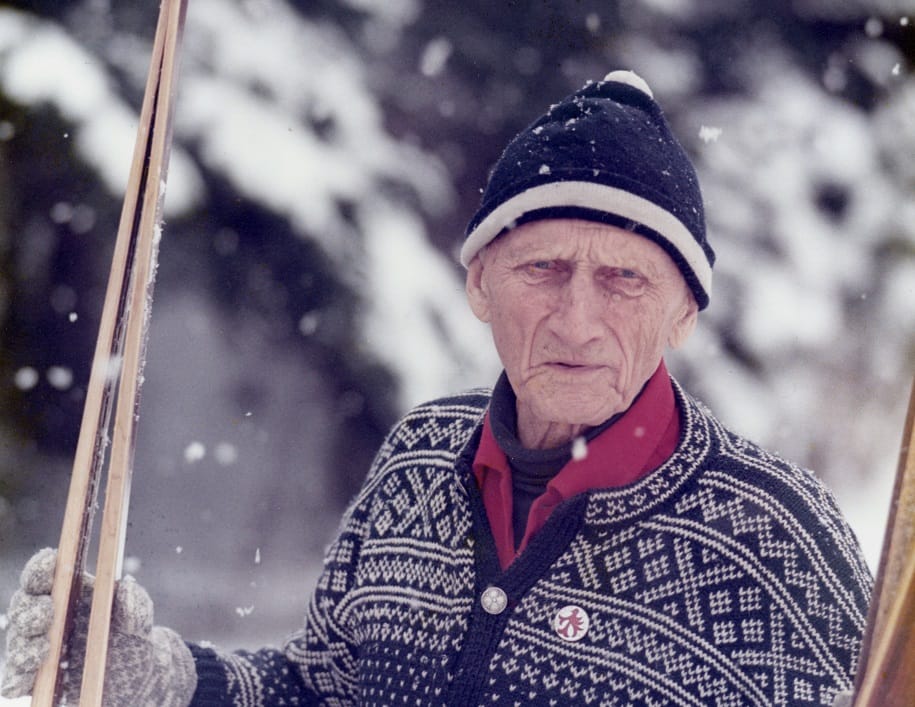
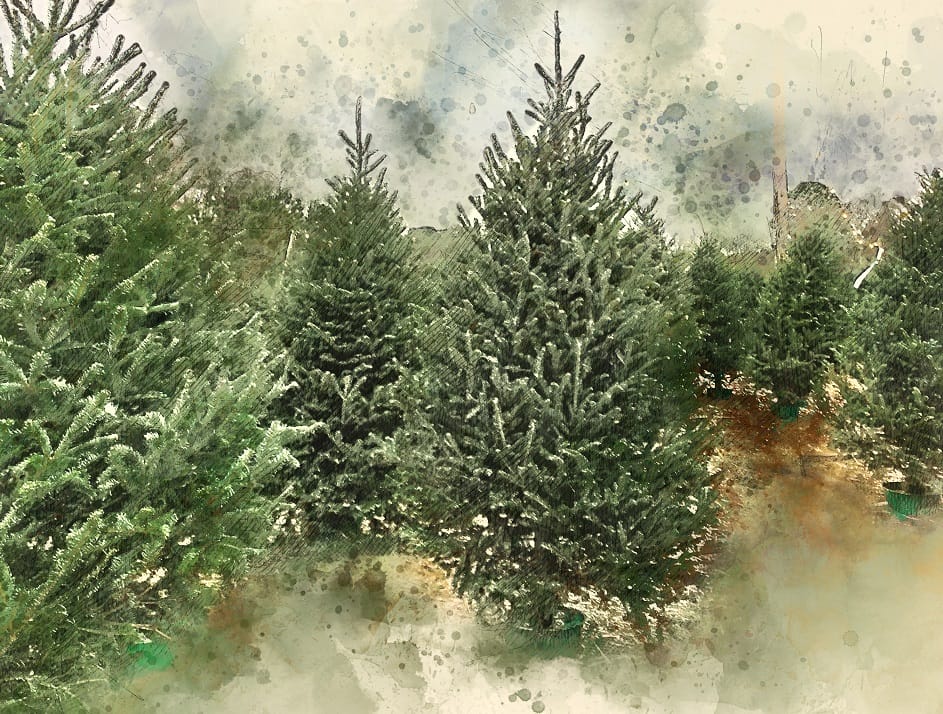
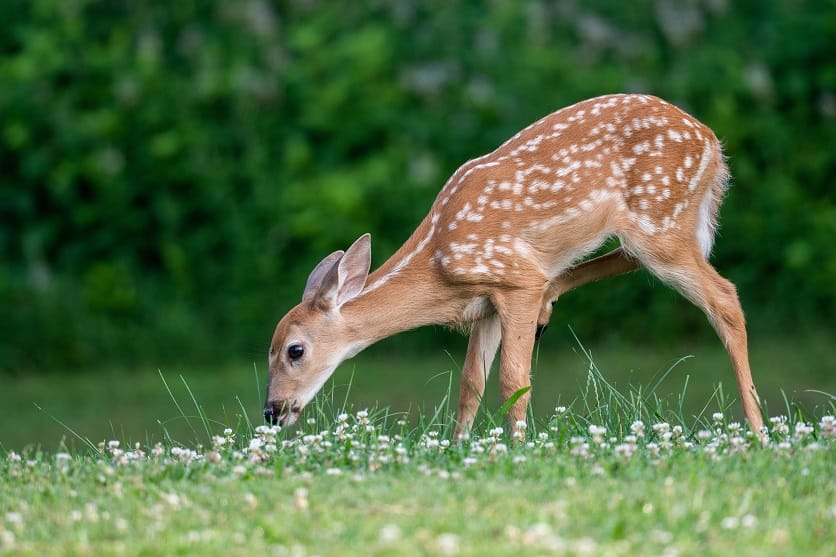
0 Comments